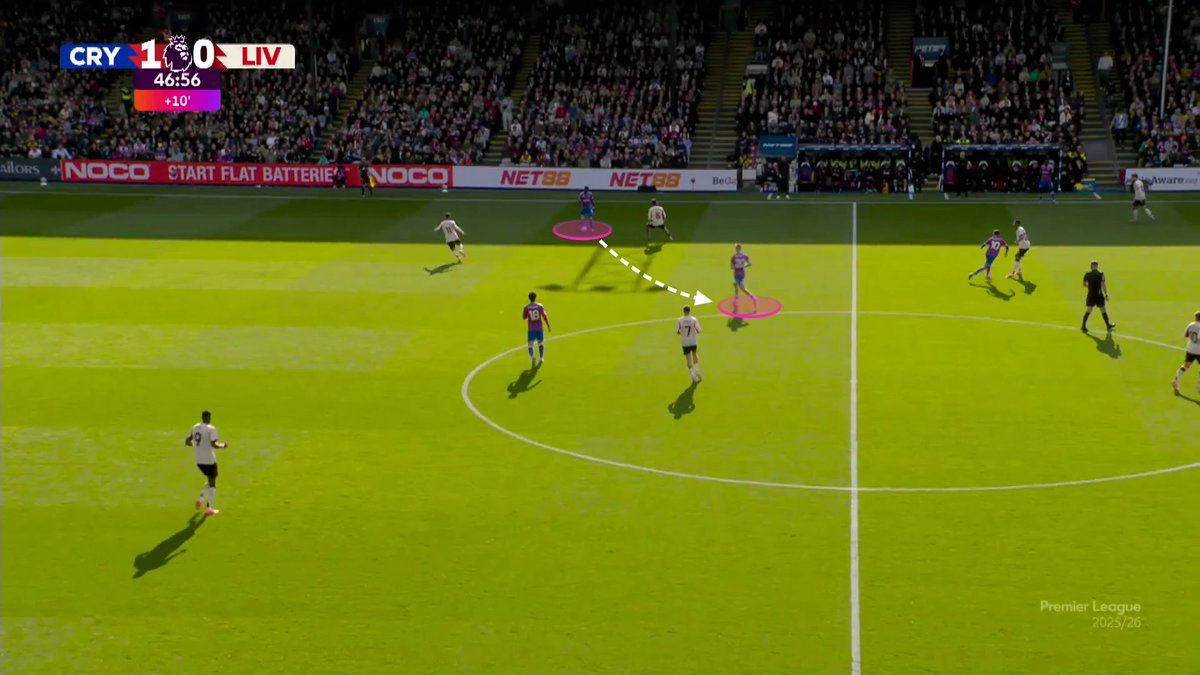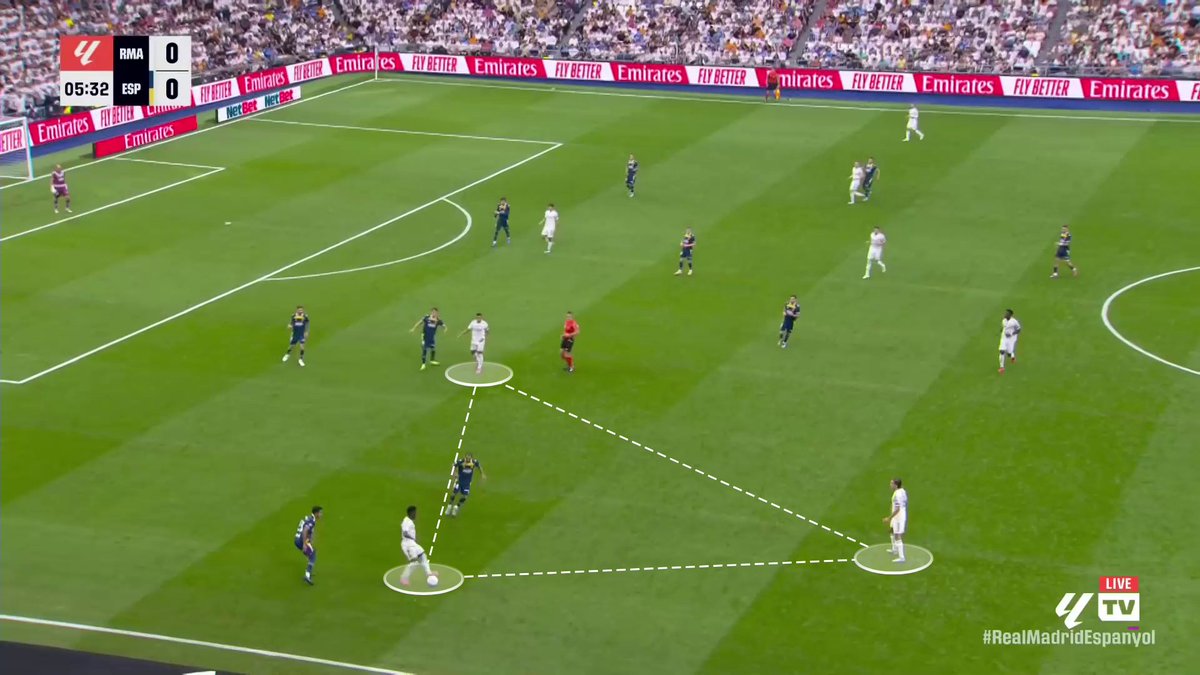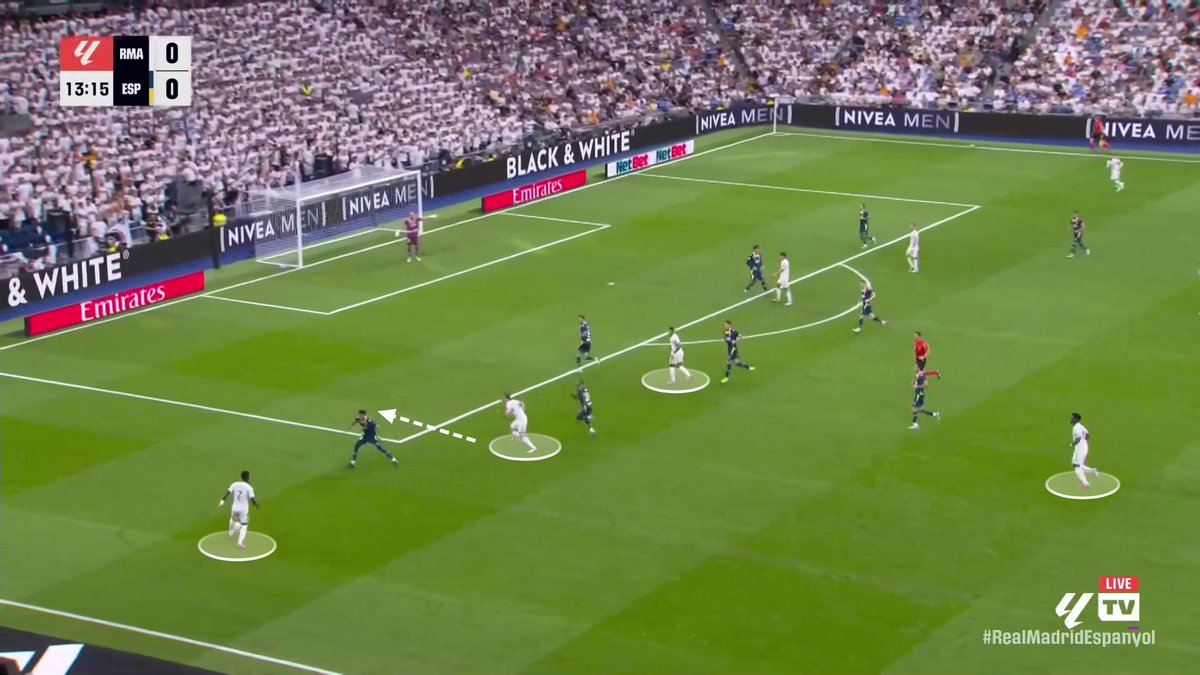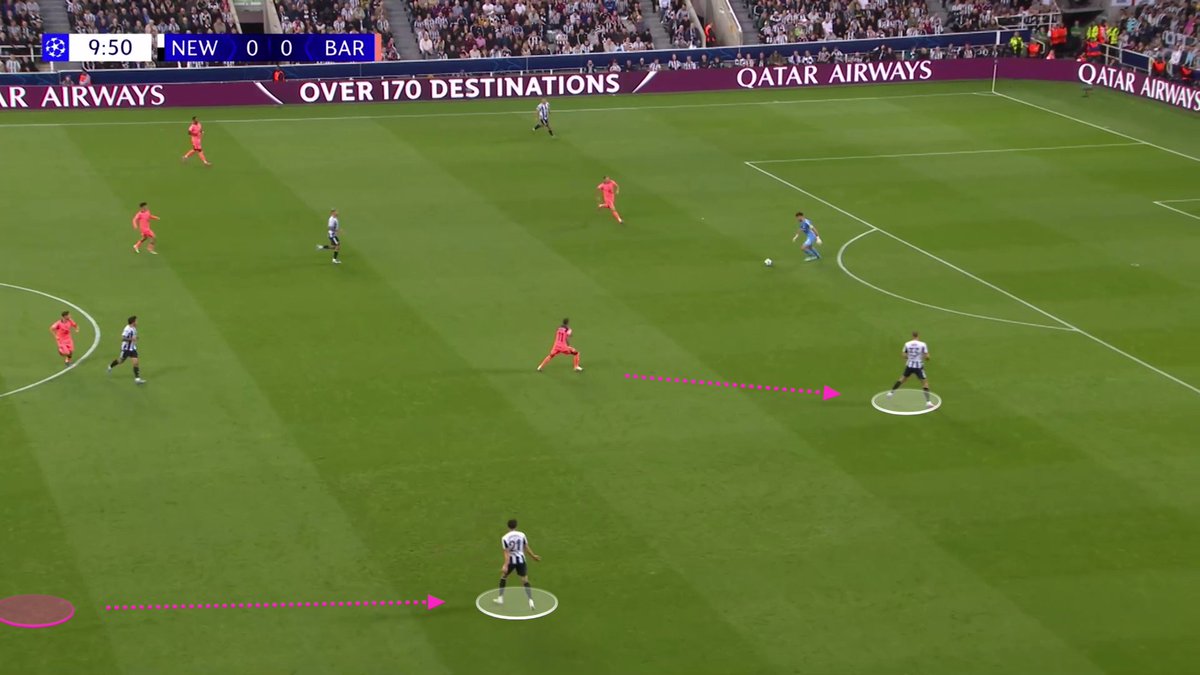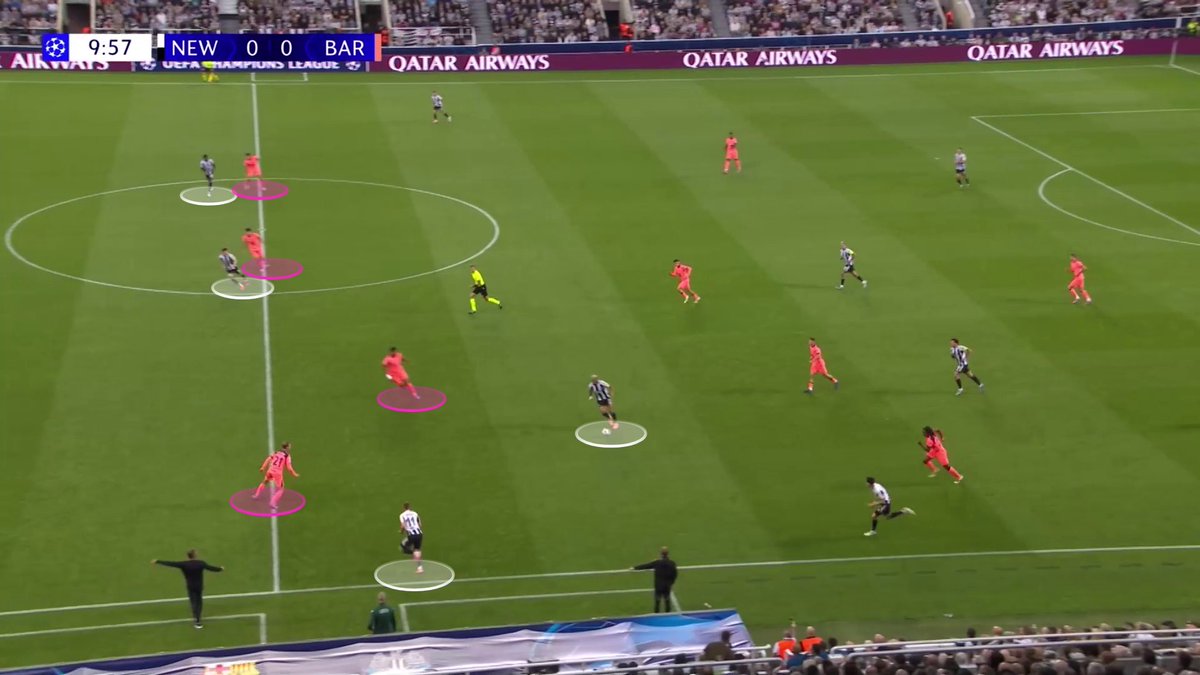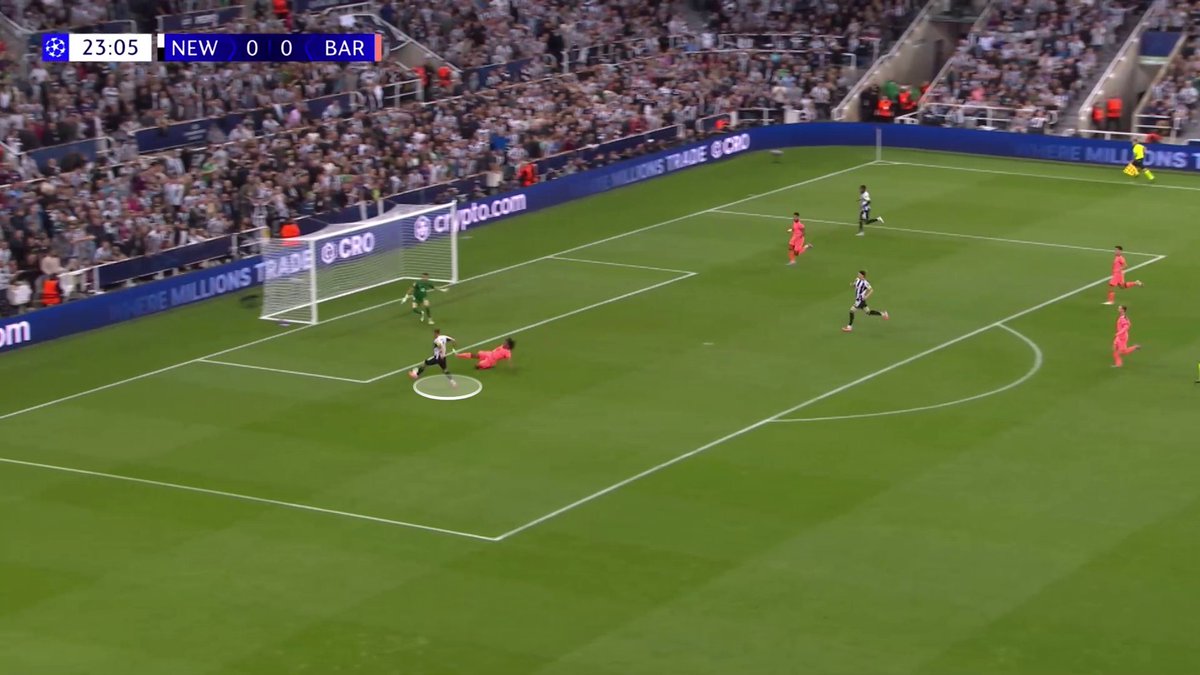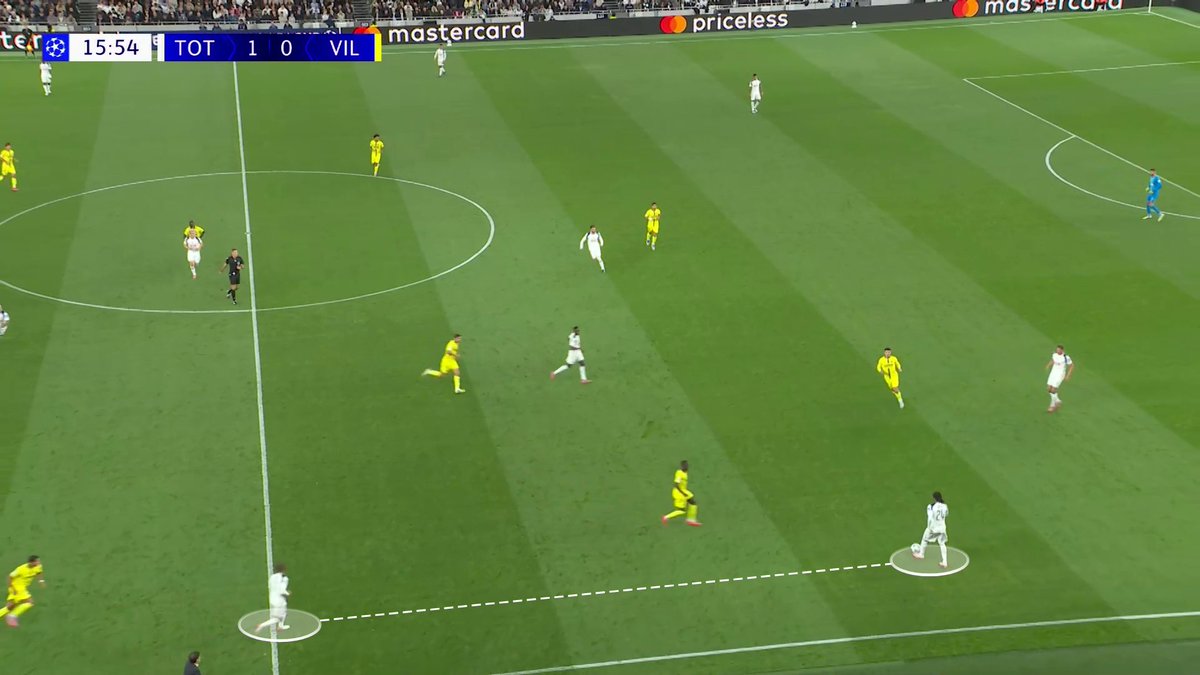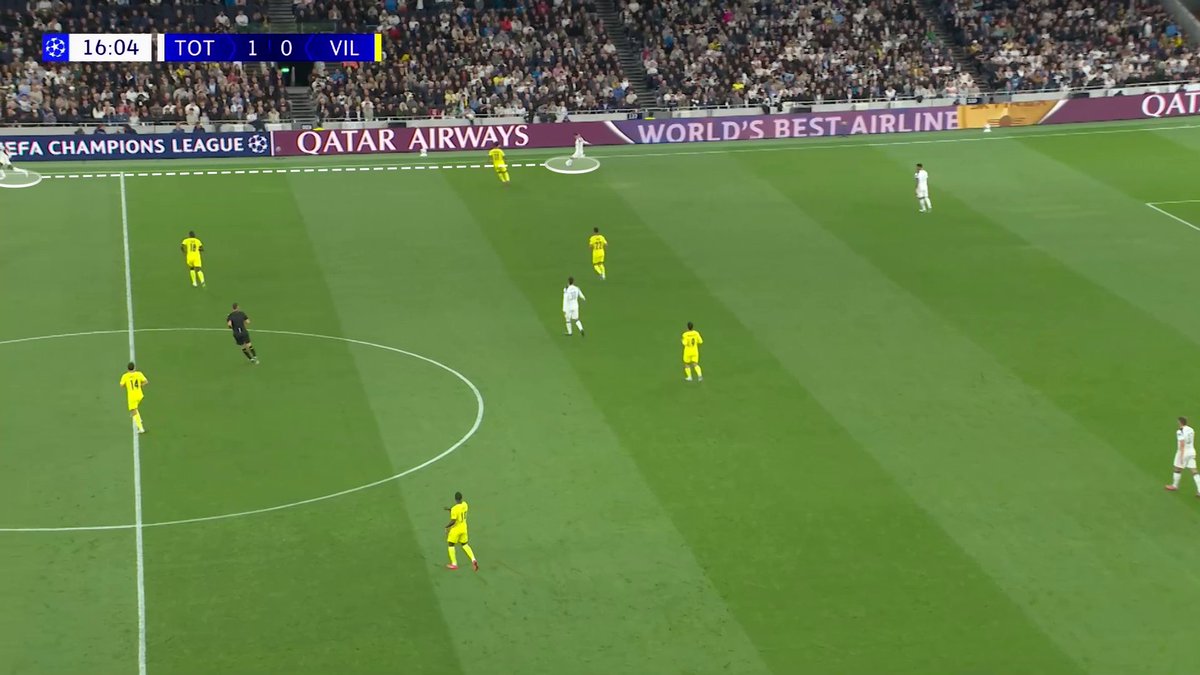Pep Guardiola constantly talks about how much faith & trust he puts in his coaching staff.
The influence of Pep Ljinders on City's defensive idea backs up those words.
But City are not built to press like Klopp's Liverpool.
Many foolishly overlooked it vs Wolves...
THREAD! 🚨
The influence of Pep Ljinders on City's defensive idea backs up those words.
But City are not built to press like Klopp's Liverpool.
Many foolishly overlooked it vs Wolves...
THREAD! 🚨

City's new Ljinders and Klopp-esque pressing schemes are clear.
The idea is firmly zonal in comparison to the man-to-man defensive approach City had in recent years without Ljinders.
In the narrow 4-3-3, the idea is to force the opposition to one flank & trap them on the side.
The idea is firmly zonal in comparison to the man-to-man defensive approach City had in recent years without Ljinders.
In the narrow 4-3-3, the idea is to force the opposition to one flank & trap them on the side.

For example, Spurs play to one side which sees Bobb invert to manage the far-side centre back leaving Spence as the spare man at left back.
However, with the way City press, they block the option to find Spence, get pressure on the ball and use Nico to screen the defensive line.


However, with the way City press, they block the option to find Spence, get pressure on the ball and use Nico to screen the defensive line.



This is the same defensive idea Liverpool used under Klopp.
It is a special defensive approach because it applies huge pressure to the opposition's build-up whilst maintaining a +1 in the defensive line.
We also saw Bobb inverting onto the LCB with Rico jumping from right back.
It is a special defensive approach because it applies huge pressure to the opposition's build-up whilst maintaining a +1 in the defensive line.
We also saw Bobb inverting onto the LCB with Rico jumping from right back.

Liverpool used this same rotation many times under Klopp, either directly from the opposition goal kick or on the switch of play.
When timed correctly, it maintains optimal pressure on the ball if the opposition try and switch the play to find the spare man (Spence for Spurs).
When timed correctly, it maintains optimal pressure on the ball if the opposition try and switch the play to find the spare man (Spence for Spurs).

However, Pep's City are not Klopp's Liverpool, especially in 25/26.
City started today's game with Aït-Nouri, Rico Lewis, Cherki, and Bobb in positions that Robertson, Trent, Henderson, and Salah started in.
Lightweight technicians versus 4 of the best pressers in the game.
City started today's game with Aït-Nouri, Rico Lewis, Cherki, and Bobb in positions that Robertson, Trent, Henderson, and Salah started in.
Lightweight technicians versus 4 of the best pressers in the game.
Effective high pressing is not always possible because the idea is zonal-oriented.
For example, a #6 can drop into the first line (which was a tactic Thomas Frank cleverly employed), the fullback can be pinned which leaves a spare man at fullback or at centre back vs the winger.



For example, a #6 can drop into the first line (which was a tactic Thomas Frank cleverly employed), the fullback can be pinned which leaves a spare man at fullback or at centre back vs the winger.




Combine that lack of pressure on the ball with Ljinders' insistence on holding a high line to play an offside trap and HUGE issues begin to arise.
Not to forget how City are vulnerable physically to cover more than one player at a time, to win duels or to manage transitions.
Not to forget how City are vulnerable physically to cover more than one player at a time, to win duels or to manage transitions.

Because of these issues it means City have to live low at times, but their idea is not built for this in any way.
Pep is not like Arteta or Frank, for example, who coaches his team within an inch of their lives in every phase.
His teams are not built to live in this moment.
Pep is not like Arteta or Frank, for example, who coaches his team within an inch of their lives in every phase.
His teams are not built to live in this moment.

When you are not coached here, you will suffer when you lack total dominance with the ball or lack pressure on the ball defensively.
I wrote an entire article about how the 4-0 win versus Wolves was more concerning than positive.
This clip sums it up.
I wrote an entire article about how the 4-0 win versus Wolves was more concerning than positive.
This clip sums it up.
City's season is reliant on Pep's ability to pick teams that can defend in consistently competitive ways.
That includes managing defensive transitions, covering large spaces, winning duels, & defending more than one player as part of the zonal schemes.
If not, City will suffer.
That includes managing defensive transitions, covering large spaces, winning duels, & defending more than one player as part of the zonal schemes.
If not, City will suffer.
However, do not take this thread as nothing but criticism of Guardiola and Ljinders.
Remember, the tactics are special.
With the ball, they're always top. Without it, they are like Klopp's Liverpool.
But it is the balance in the team that is the issue. Up to Pep to solve it 🛑
Remember, the tactics are special.
With the ball, they're always top. Without it, they are like Klopp's Liverpool.
But it is the balance in the team that is the issue. Up to Pep to solve it 🛑

• • •
Missing some Tweet in this thread? You can try to
force a refresh







